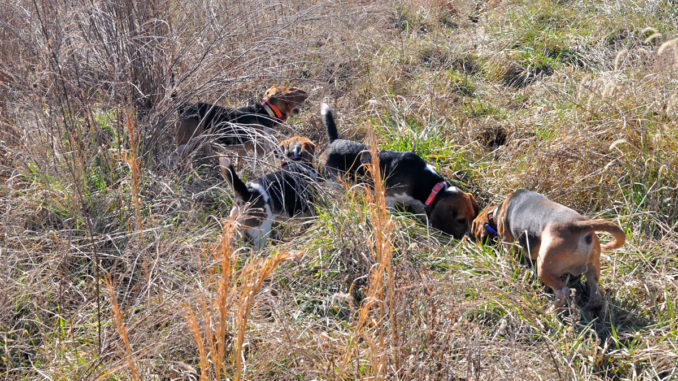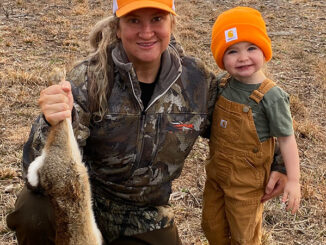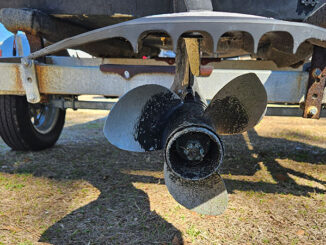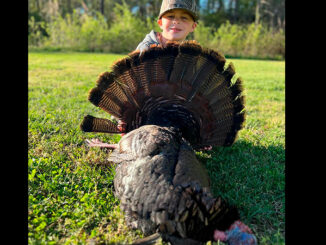
Biologists point to habitat as the key to having game animals or fish. That’s even more true now than in the past for rabbit hunters. Habitat adaptations and more predators have created a sea change in the places dogs may find marsh, swamp and cottontail rabbits.
Think of it like this: you wouldn’t expect to find a scantily-clad woman at the North Pole. Well, beagles find few rabbits outside of regenerating cutovers — especially during daylight hours.
Why?
Coyotes, foxes and hawks.
Every claw-and-fang critter loves to eat rabbits, but these predators can’t get to them easily because rabbits really do prefer impenetrable briar patches.
So hunters have adapted, benching “slow packs” of beagles for quicker dogs. Slow-pack dogs, as the name applies, work on a scent trail at a man’s walking pace.
“Everyone prefers faster dogs now,” said Thomas Boyd, a member of the Rack & Spur Hunt Club in Saluda, S.C. “We use medium- to fast-pack beagles now. Slow beagles can’t push a rabbit fast enough in a cutover to make him run across a lane or open spot. A slow-pack just bumps him a little; he’ll stop until the dogs get close, then sneak away again.
“Nobody’d ever shoot a rabbit where we have to hunt if they used slow packs.”
Boyd and three other rabbit hunters joined a 60-member deer- club to have a place for their dogs to chase bunnies.
“The hunters cut lanes in the thick stuff to see deer,” he said. “We help them — and that helps us.”





Be the first to comment